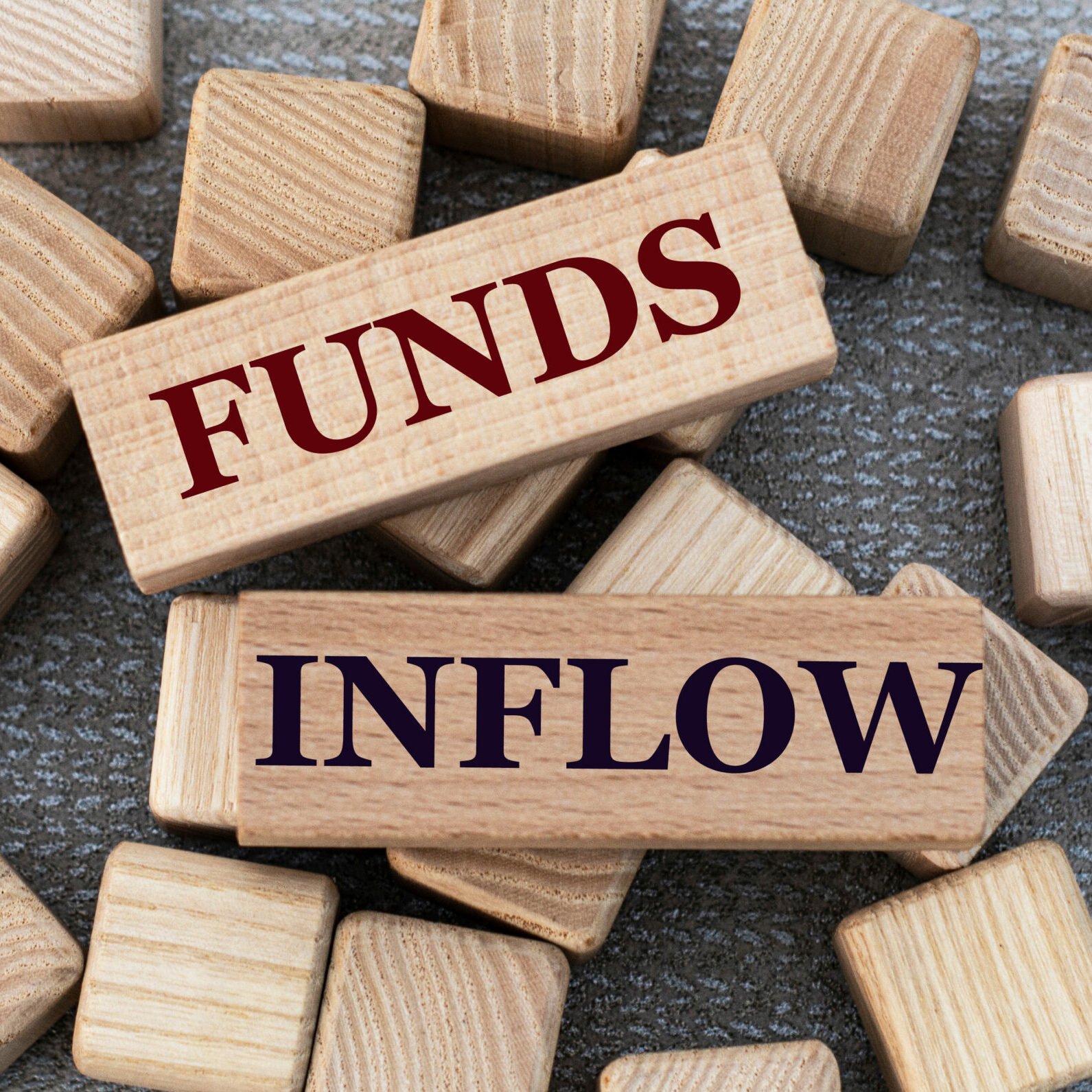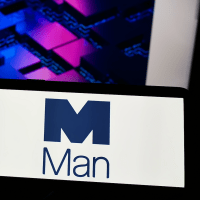Invesco, part of the giant USD 371 billion Amvescap group, has launched its Invesco, part of the giant USD 371 billion Amvescap group, has launched its HW: What hedge funds does Invesco currently have and how much do BB: We have two offshore hedge funds which I began setting up three years ago The engine for each of these capabilities was taken from a portable alpha However, although it is a very robust capability, it lacks some of the octane that HW: Why did Invesco take so long to enter the hedge funds arena, in BB: Some of our key US-based competitors who have been offering market Having said that we did take our time about evaluating this opportunity. I began As you might expect, given our firm’s success in growing via acquisition, this was Second, we looked at joint ventures with a view to seeding an external or internal Third, we looked at an investment capability internally with a view to modifying it HW: There is however evidence that some institutions have conducted BB: This is true, but these relate mainly to funds of hedge funds, and where our HW: What is the investment approach of the first offshore hedge fund you BB: It is called the Invesco Absolute Return Fund. This fund integrates two In essence, the Invesco Absolute Return Fund integrates two separate alpha HW: What is the background to the second hedge fund launched this BB: Whilst there has been a pick up in the equity market, many investors With this background we launched the Invesco US Equity Market Neutral Fund, It applies a fundamental stock selection approach to investing systematically in Two models are used to construct portfolios: * the Invesco Stock Selection Model, which uses four fundamental concepts * the Barra US equity risk model, which is used to forecast the risk of each The return and risk estimates from these two models are used to construct HW: What does Invesco’s hedge funds investment approach offer to BB: Institutions appreciate the resources we have, Our investment team is very We are also trying to reduce the amount of time institutional investors take to Institutions are also more likely than high-net-worth investors to make the leap In fact, although our offshore hedge funds are aimed at both institutional HW: Are these funds finding favour with HNWI’s? BB: Many HNWIs prefer to invest with so-called ‘star’ managers, which is the Another market where we have successfully launched into the retail sector is What we are doing in the retail and the HNWI market is passing on the benefits HW: What role does the Global Structured Products Group (GSPG) at BB: Both offshore hedge funds are managed by the Invesco GSPG, a team of 55 HW: What other new launches/strategies will you be looking at over the BB: We don’t have any immediate plans but there have been some discussions I think that funds of hedge funds are positioned to continue their dramatic growth
second offshore hedge fund targeting investors outside the US, called the
Invesco US
second offshore hedge fund targeting investors outside the US, called the
Invesco US Equity Market Neutral Fund. Brett Bastin outlines Invesco’s strategy.
these funds have in terms of assets under management?
to meet the needs of offshore investors. The first offshore fund, Invesco Absolute
Return Fund, was set up at the end of 2002 and the second, the Invesco US
Equity Market Neutral Fund, was launched in December. Across these two
vehicles we have USD 75 million in assets under management.
strategy that we have run for some years for separate accounts in the US,
primarily out of our New York office. It’s a conservative market neutral strategy
using large cap equities, with a low tolerance for net exposures and a very high
degree of risk control. It is largely used by institutions to put on top of whatever
benchmark they have chosen. It has been very successful – we offer it to
institutions with a minimum mandate of USD 20 million and we currently have
around USD 1.3 billion dollars overall in the strategy.
many hedge fund investors seek, hence our move into launching the two offshore
hedge funds.
relation to its competitors?
neutral entered the offshore hedge fund arena some time ago, names such as
Axa Rosenberg and First Quadrant come to mind, and we certainly lag in that
regard. However, if you compare us more to some of the diversified asset
managers with an international presence similar to our own, we are not that far
behind.
working on the hedge funds project exactly three years ago and we looked at a
number of paths.
a natural approach for us to consider. My own background was with Putnam
Lovell in M&A. However, we felt that an acquisition of single managers would be
very difficult to conclude for reasons such as mismatch in pricing, the fact that
hedge funds don’t fit well in the institutional culture, etc.
team but we felt there was too much franchise risk involved, we didn’t want to
expose our traditional long only institutional business to a blow-up.
for the hedge fund space. We took this final option.
acquisitions and joint ventures in the hedge funds arena with a fair degree
of success.
competitors have successfully acquired single-manager funds, there may have
been less sensitivity to the concern about franchise risk. Additionally, three years
ago we were still in the process of constructing an independent risk evaluation
and risk management platform to objectively monitor risk worldwide. This type of
asset would be instrumental to an initiative which would expose the company to
additional risks of single-strategy hedge fund managers.
launched in October 2002?
separate investment approaches: The first is an equity market neutral strategy in
US large caps, which uses a quantitatively-driven stock selection model based
on fundamentals to drive half the return and half the volatility in the fund; the
second approach is a financial futures strategy which invests in two futures
contracts on the US markets, namely US Treasury bond futures and the S&P 500
Index futures. Through those two contracts we have the ability to go long or short
on those futures markets.
producing strategies, one is bottom-up driven and the other is more of a top-
down macro focused strategy – one strategy is directional and the other is non-
directional. Last year this fund returned 10.6% net of fees and the volatility came
in at around 8%.
month?
recognise the convergence between traditional long-only investing and investing
in absolute return strategies. Launching a pure equity market neutral fund is well-
timed to meet demand from investors who seek the benefits of an absolute return
strategy which offers low drawdown and low correlation to traditional asset
classes, or from investors who seek an alpha which can be ported to the index or
benchmark of their choice.
which aims to provide an annualised return above US T-Bills of approximately
8% (gross of management and performance fees), with an annual volatility of
about 10%.
large and mid-cap US equities, combined with rigorous risk control and cost-
effective trading.
to rank US stocks in terms of expected return within industries. In general,
highly rated stocks are purchased, and poorly rated stocks are borrowed
and sold short.
stock in multiple dimensions.
portfolios which are designed to achieve our return and risk objectives while
maintaining a high degree of neutrality between the long and short portfolios in
terms of beta, style and industry risk.
institutional investors?
stable, we have people working along functional lines and the investment
process is very disciplined and definable. These are all factors that appeal to
institutional investors.
evaluate our strategies by providing transparency and facilitating due diligence to
make it easier for them to make their investment decisions.
from investing only in funds of hedge funds to defining the type of single
managers they want to invest in, and developing the resources required to
evaluate this targeted set of strategies, and then independently investing in
single-manager hedge funds – so it’s a very fertile market.
investors and HNWIs, they have proved more popular with the former group.
opposite of our more team-based approach, but interestingly, in a couple of
markets, we are seeing a certain degree of success on the pure retail side.
In Hong Kong, for example, where there are regulatory guidelines for registering
hedge funds locally and offering them to retail investors, we were one of the first
to gain approval, albeit with a couple of changes to make the product attractive.
We had to structure the product to offer principal protection, or a guarantee, and
a fixed duration with interim liquidity. We distribute the fund in Hong Kong
through thirteen distributors such as Citibank, Bank of America and local
commercial banks.
South Africa, where we wrapped the fund into a life assurance product with an
element of principal protection.
that have traditionally been the preserve of institutions together with the element
of principal protection.
Invesco play in terms of these hedge funds?
professionals based in New York, Boston, Frankfurt, and London, who are
organised into functional teams which are focused on research, portfolio
construction, product management and investment technology. The GSPG is
lead by Don Young, Head of the Invesco Global Structured Products Group.
next few months? Do you have any plans to launch a fund of hedge funds?
about the potential for a European equity market neutral product. We already
have long only European and UK strategies so this would be another way of
leveraging the information in our quantitative stock selection models on these
markets.
over the next 3 to 5 years and having one in our quiver would also be a real
asset, although I cannot comment on our plans in this area at this stage.







